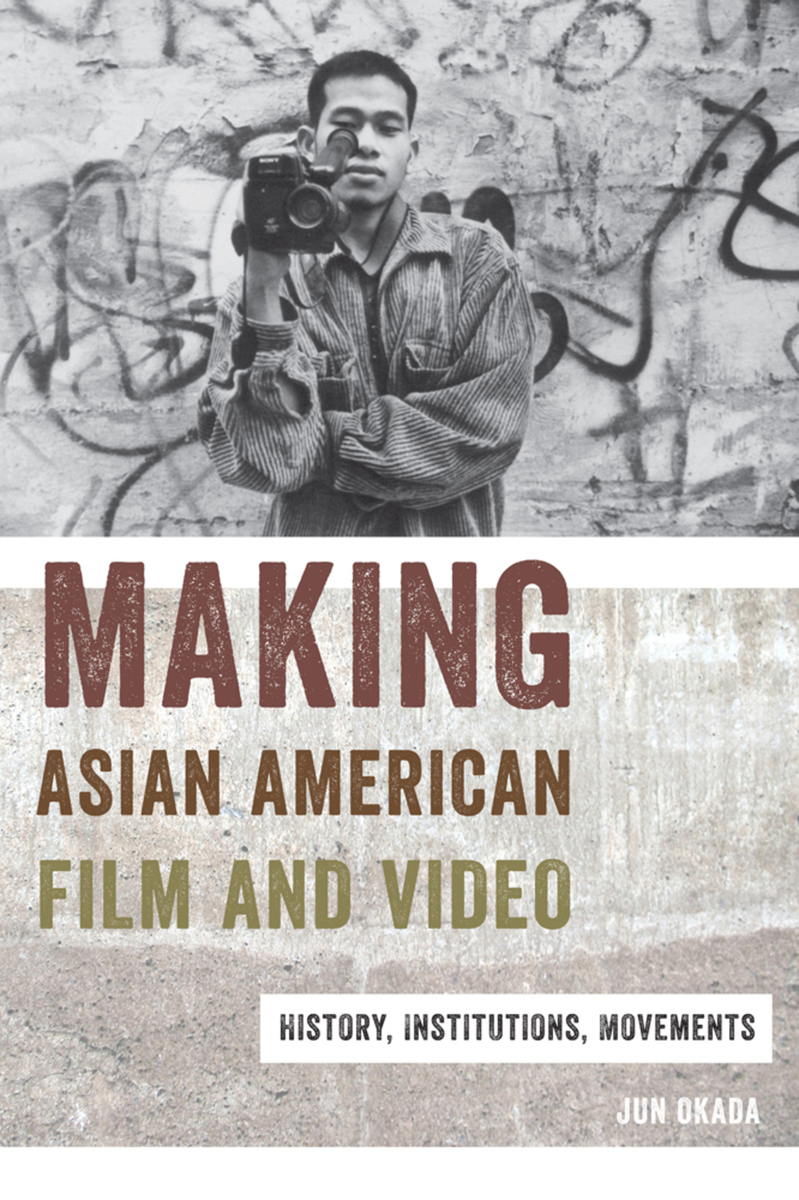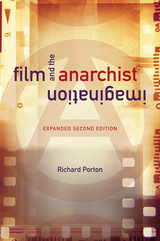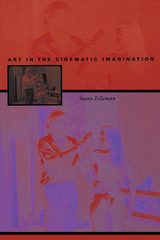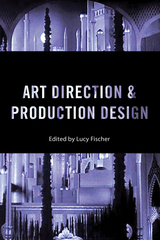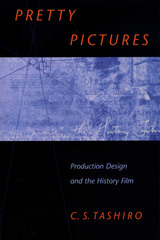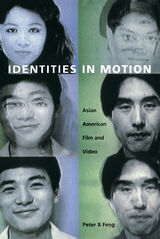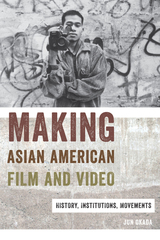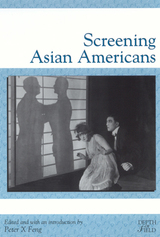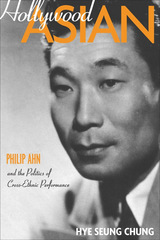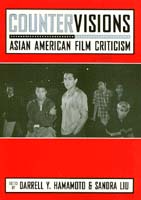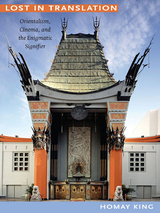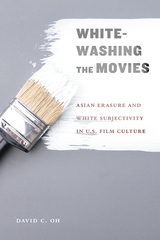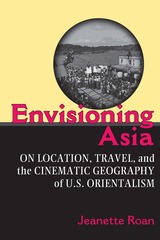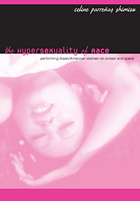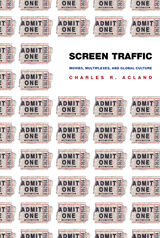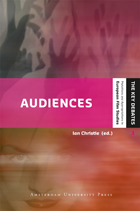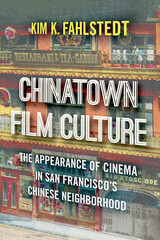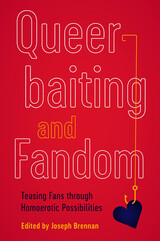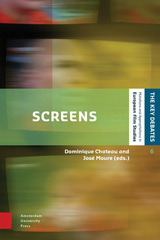Making Asian American Film and Video: History, Institutions, Movements
Rutgers University Press, 2015
eISBN: 978-0-8135-7395-3 | Cloth: 978-0-8135-6502-6 | Paper: 978-0-8135-6501-9
Library of Congress Classification PN1995.9.A77O53 2015
Dewey Decimal Classification 791.43652995073
eISBN: 978-0-8135-7395-3 | Cloth: 978-0-8135-6502-6 | Paper: 978-0-8135-6501-9
Library of Congress Classification PN1995.9.A77O53 2015
Dewey Decimal Classification 791.43652995073
ABOUT THIS BOOK | AUTHOR BIOGRAPHY | REVIEWS | TOC
ABOUT THIS BOOK
The words “Asian American film” might evoke a painfully earnest, low-budget documentary or family drama, destined to be seen only in small film festivals or on PBS (Public Broadcasting Service). In her groundbreaking study of the past fifty years of Asian American film and video, Jun Okada demonstrates that although this stereotype is not entirely unfounded, a remarkably diverse range of Asian American filmmaking has emerged. Yet Okada also reveals how the legacy of institutional funding and the “PBS style” unites these filmmakers, whether they are working within that system or setting themselves in opposition to its conventions.
Making Asian American Film and Video explores how the genre has served as a flashpoint for debates about what constitutes Asian American identity. Tracing a history of how Asian American film was initially conceived as a form of public-interest media, part of a broader effort to give voice to underrepresented American minorities, Okada shows why this seemingly well-intentioned project inspired deeply ambivalent responses. In addition, she considers a number of Asian American filmmakers who have opted out of producing state-funded films, from Wayne Wang to Gregg Araki to Justin Lin.
Okada gives us a unique behind-the-scenes look at the various institutions that have bankrolled and distributed Asian American films, revealing the dynamic interplay between commercial and state-run media. More than just a history of Asian Americans in film, Making Asian American Film and Video is an insightful meditation on both the achievements and the limitations of institutionalized multiculturalism.
See other books on: Asian American & Pacific Islander Studies | Asian Americans in motion pictures | Asian Americans in the motion picture industry | Okada, Jun | Video
See other titles from Rutgers University Press
